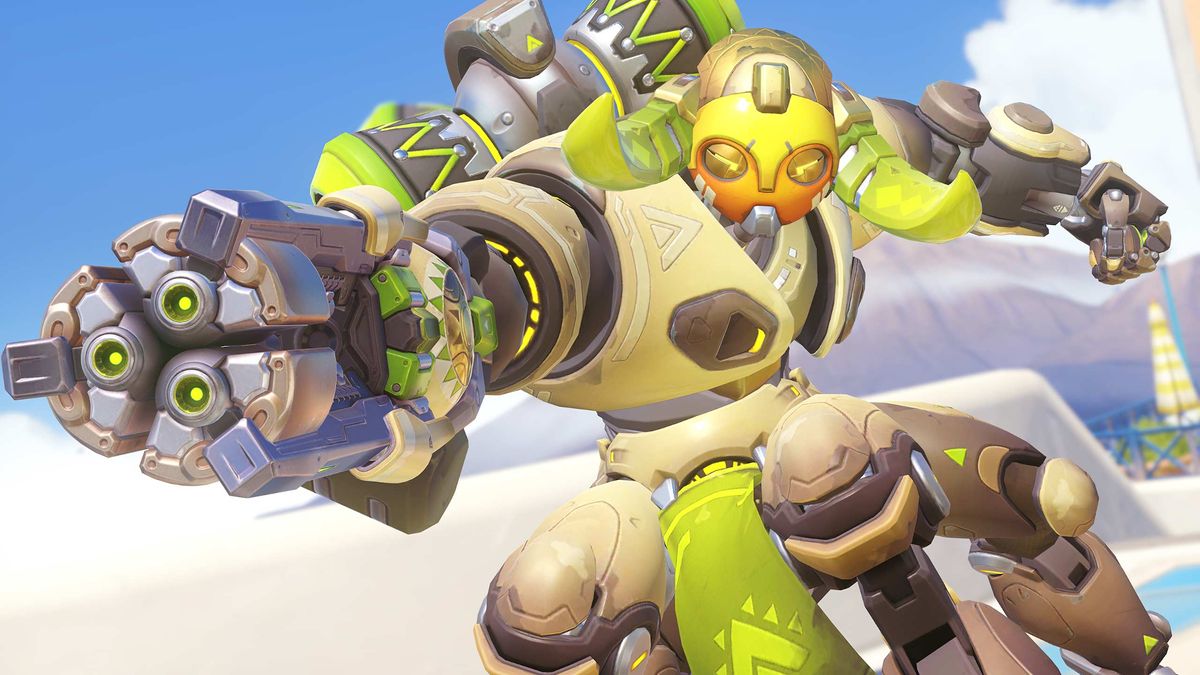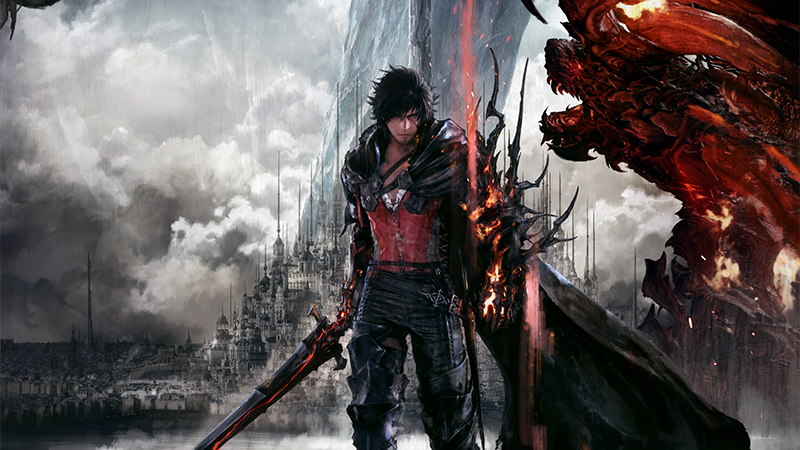Brace yourself, folks, because it sounds like Blizzard is getting into AI-generated art. A recent report in the New York Times (via Kotaku) contains some choice(?) excerpts from an email sent to Blizzard staff by Allen Adham—Blizzard’s chief design officer—in which he enthuses about the potential benefits that AI could bring to the company’s workflow.
Blizzard’s tool is called Blizzard Diffusion, a not enormously inspired pun on Stable Diffusion, and Adham told staff it’s put the studio “on the brink of a major evolution in how we build and manage our games”. “Prepare to be amazed,” said Adham.
The tool is already being put to use generating concept art for Blizzard’s projects, said Adham. Specifically, it’s spitting out art for environments and character designs, while Blizzard’s VP of global insights says another tool is being used to fit headpieces to player models in WoW.
But it won’t necessarily stop there. The email also discussed the possibility of “autonomous, intelligent, in-game NPCs,” “procedurally assisted level design,” “voice cloning,” “game coding,” and—maybe most eyebrow-raising of all—AI-driven “anti-toxicity” tech.
Most of those are easy to understand. Using AI to power NPCs is something already being done elsewhere, even Skyrim mods (though they have gnarly proclivity for attempted murder), and it’s easy to wrap your head around an AI designing a game level, even if it doesn’t sound especially desirable. But deploying AI to regulate player interactions? Sounds both difficult to implement and intensely fallible to me, folks, so I’m curious as to how precisely Blizzard is thinking about these matters.
I’ve reached out to Blizzard to ask if it can shed any light on its thinking about AI, and I’ll update this piece if I hear back.
It might all come to nothing, mind you. The NYT notes that Blizzard already abandoned a different machine learning tool—one that was designed to produce environmental textures—because it was eating up too much artist time. These other ideas might go the same way, but not until they’re done energising a lot of discussion in the company C-suites. A former WoW engineer told the NYT that “Leadership’s focus on A.I. doesn’t feel like it is solving a problem that individual contributors care about… It feels like ignoring their problems and focusing on hype words that they think will sound impressive to shareholders”.


